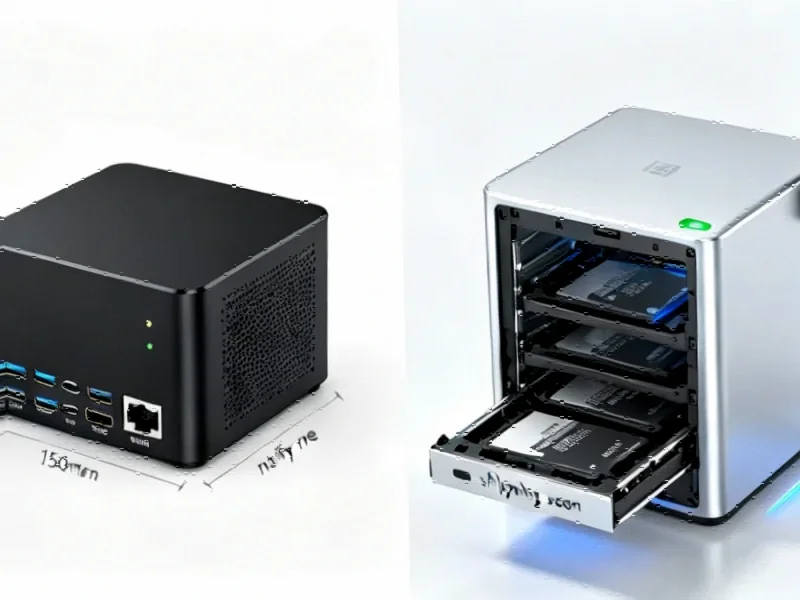According to AppleInsider, Apple is releasing visionOS 26.1 as the first point update in the OS 26 cycle, focusing primarily on general bug fixes rather than new features. The update comes as iOS 26.1 receives more significant enhancements including additional languages for Apple Intelligence Live Translation and groundwork for future AI capabilities. The visionOS beta release notes suggest Apple is addressing critical bugs ahead of the upcoming PSVR2 controller sales at Apple Stores and the launch of Logitech Muse, marking Apple’s first push beyond hand gesture controls. Additionally, Apple has updated the Apple TV icon to reflect more vibrant colors and shifted from “Apple TV+” to simply “Apple TV” branding. This strategic distribution of features across platforms reveals Apple’s current priorities.
The Calculated Platform Prioritization Strategy
Apple’s decision to focus AI enhancements on iOS while keeping visionOS updates minimal reflects a sophisticated platform strategy that prioritizes user base size and immediate market impact. With over 1.5 billion active iPhones globally, iOS represents Apple’s primary revenue driver and ecosystem anchor. The company is wisely concentrating its AI development resources where they’ll impact the most users and generate the fastest adoption. This doesn’t indicate neglect of visionOS but rather a phased approach where foundational technologies mature on established platforms before migrating to newer ones. The pattern mirrors Apple’s historical strategy with technologies like Touch ID and Face ID, which debuted on mobile before expanding across the product lineup.
Preparing for the Controller Revolution
The subtle bug fixes in visionOS 26.1 are actually crucial groundwork for Apple’s upcoming hardware partnerships. The impending availability of PSVR2 controllers at Apple Stores and the Logitech Muse launch represents a strategic pivot from Apple’s exclusive reliance on hand tracking. While hand gestures offer an impressive technological showcase, they have limitations for extended productivity and gaming applications. By enabling third-party controller support, Apple is acknowledging the diverse use cases for spatial computing and expanding the Vision Pro’s appeal beyond early adopters. This move could significantly boost enterprise adoption where precise input methods are essential for professional applications.
Market Positioning Against Emerging Competition
Apple’s measured approach with visionOS updates stands in stark contrast to the rapid iteration cycles of competitors like Meta and emerging players in the spatial computing space. While companies like Meta push frequent feature updates to maintain engagement, Apple is prioritizing stability and developer consistency. This reflects Apple’s premium positioning and understanding that enterprise customers and professional users value reliability over constant change. The timing is particularly strategic as the industry awaits new entries from Google, Samsung, and potentially other major players, making stability a key differentiator in an increasingly crowded market.
The Subtle Branding Evolution
The shift from “Apple TV+” to “Apple TV” in the visionOS interface represents more than just cosmetic changes. This branding simplification suggests Apple is consolidating its streaming service identity ahead of potential content expansions or service bundling strategies. The timing coincides with increasing competition in the streaming space and Apple’s need to clearly communicate its value proposition. For visionOS specifically, streamlined branding reduces cognitive load in spatial interfaces where clarity and simplicity are paramount for user comfort and engagement.
Long-Term Ecosystem Implications
This seemingly minor update reveals Apple’s patient, ecosystem-first approach to spatial computing. Rather than rushing features to market, Apple appears focused on creating a stable foundation that will support future AI capabilities when they’re ready for prime time. The company’s historical pattern shows they often hold back features until they can deliver polished, integrated experiences across their ecosystem. When Apple Intelligence does arrive on visionOS, it will likely leverage learnings from iOS deployment and offer more sophisticated spatial-aware capabilities that justify the wait. This methodical approach has served Apple well in the past and suggests they’re playing a much longer game in spatial computing than immediate competitors.




